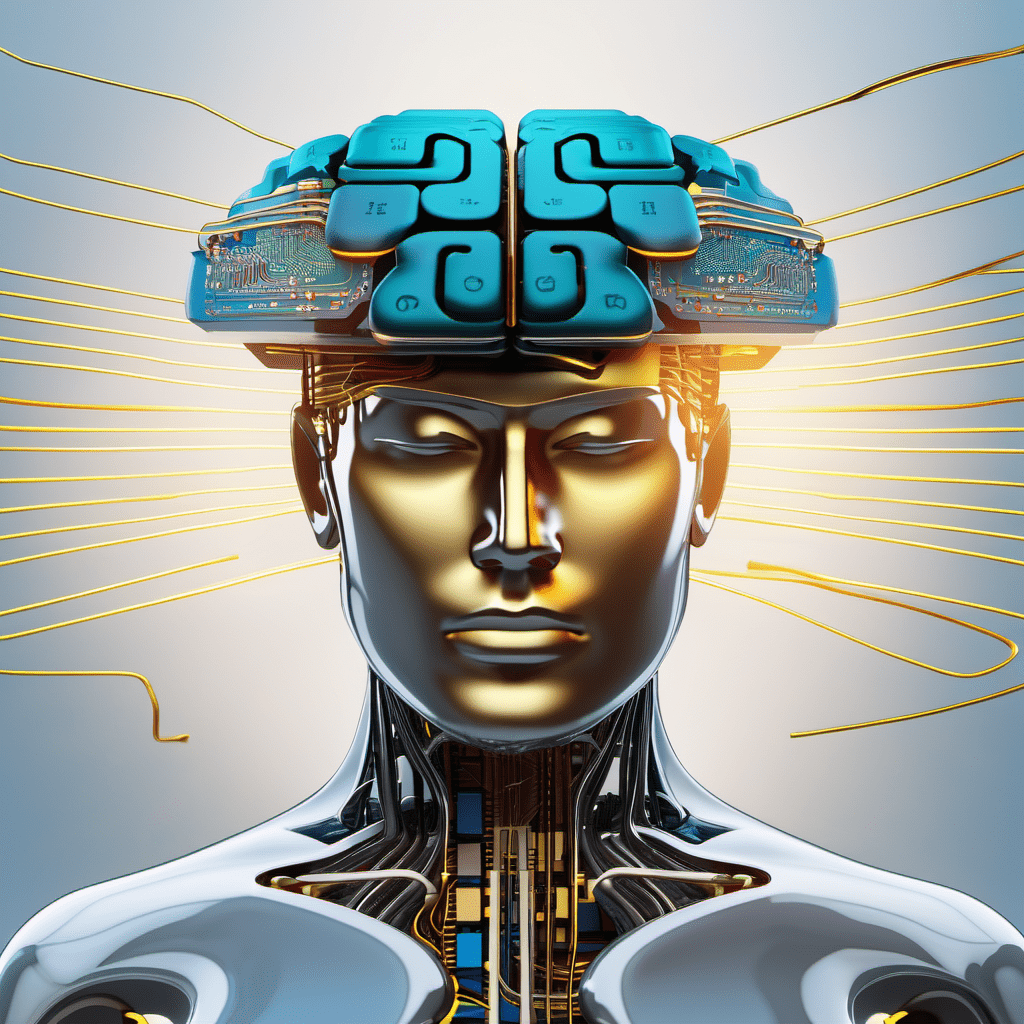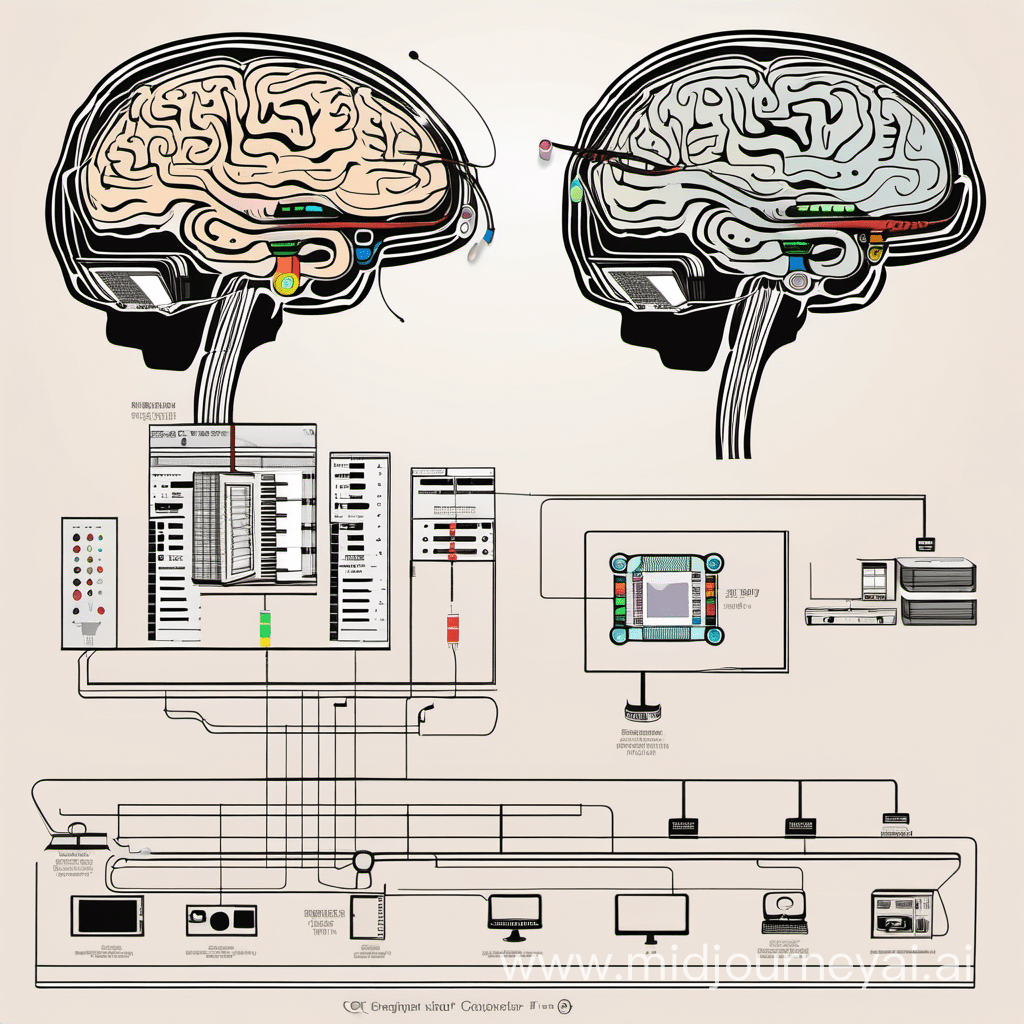From Sci-Fi to Reality: The Potential of Neuralink’s BCI Technology
Introduction
Neuralink, with a vision to merge human intelligence with AI. Aims to develop advanced brain-computer interfaces (BCIs) that have the potential for human brains to interact with technology.
The Inception of Neuralink
Musk has said that the initial concept for Neuralink came to him in 2002, while he was reading about the human brain. He was struck by the fact that the brain is the most complex organ in the human body and that we still understand very little about how it works.
The initial concept for Neuralink dates back to the early days of the company. Musk and his team envisioned a future where humans could seamlessly interface with computers, enabling us to enhance our cognitive abilities and bridge the gap between humans and machines.

Years of Research and Recent Achievements
Neuralink has made some notable achievements while developing its Brain-Computer Interface system over the past few years.
In 2019, the company implanted its first BCI device in a pig. The device successfully recorded the pig’s brain activity and allowed it to control a cursor on a computer screen.
In 2020, Neuralink announced that it had developed a new BCI device that is much smaller and more flexible than its previous device. The new device is also able to record brain activity at a higher resolution.
In 2020, Neuralink implanted BCI devices in two pigs. The devices allowed the pigs to play a video game using their thoughts.
In 2021, the company announced that it had developed a software algorithm that could decode brain signals in real-time. This means that users could potentially control external devices with their thoughts without any lag.
Testing on Animals
Neuralink conducted extensive testing on animals to ensure the safety and efficiency of their technology. These tests involved implanting tiny electrodes into the brains of animals, allowing them to control various devices and perform complex tasks. The results were promising, demonstrating the potential of Neuralink’s BCIs to establish a seamless connection between the brain and external devices.
Neuralink has also conducted experiments on rats and mice. These experiments have shown that BCI devices can be used to restore lost function in animals with spinal cord injuries.
FDA Approval and Human Testing
After completing animal trials, Neuralink obtained the necessary approvals from the U.S. Food and Drug Administration (FDA) to proceed with human testing. This marked a significant milestone for the company and paved the way for the next phase of its research.
Based on the article from CNN written on 2023/09/20, Neuralink is speculating to start human testing within six months.
What Does Neuralink Offer to Humans?
Neuralink holds promise for the future of humanity. By developing advanced BCIs, Neuralink aims to address a wide range of neurological conditions, including paralysis, neurodegenerative diseases, and even cognitive impairments. The technology has the potential to restore lost functionality and improve the quality of life for millions of people worldwide.
Neuralink’s BCI system has the potential to revolutionize the way we interact with the world around us. The system could allow us to control external devices with our thoughts, communicate telepathically, and even enhance our cognitive abilities.
Here are some specific examples of what Neuralink’s BCI system could offer to humans:
- People with paralysis could regain control of their limbs and move around independently.
- People with speech impairments could communicate telepathically.
- People with blindness could see again.
- People with cognitive impairments could improve their memory and concentration.
- Healthy people could enhance their cognitive abilities and learn new skills more quickly.
Conclusions
Neuralink is a company with the potential to change the world. However, it is important to note that Neuralink’s BCI system is still in stages of development. There are a number of challenges that need to be overcome before the system can be safely and effectively used in humans.
One challenge is that Neuralink’s BCI system is invasive. The device needs to be implanted in the brain, which is a complex and delicate procedure. There is also the risk of infection and other complications.
Another challenge is that Neuralink’s BCI system is expensive to develop and manufacture. This means that it may not be affordable for everyone.
Finally, there are ethical concerns about the use of BCI systems. For example, some people worry that BCI systems could be used to control people’s thoughts and actions.
Additional thoughts
In addition to the potential benefits and risks discussed above, it is also important to consider the social and economic implications of Neuralink’s BCI system. For example, if BCI systems become widely used, it could lead to a new form of digital divide between those who can afford to use the technology and those who cannot.
If you have enjoyed this read, please go ahead and looking into another article related to Neuralink over here: Should you implant Elon musks Neuralink Into Your Brain?







